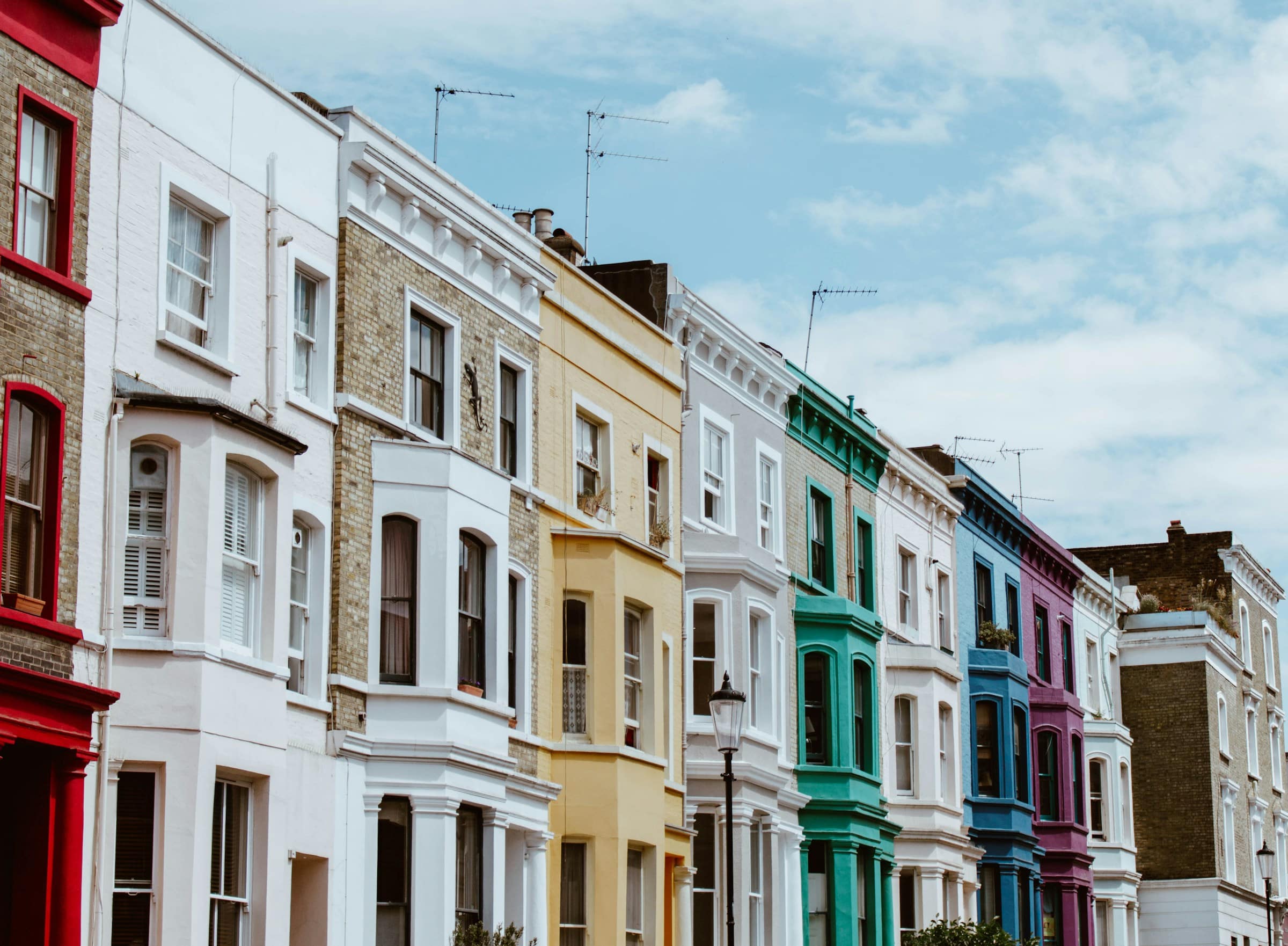What Are the Best Strategies for Retrofitting Historic UK Properties for Energy Efficiency?

As historical properties add unique charm to cities and landscapes, they also present a unique set of challenges when it comes to energy efficiency. While modern structures can be designed from the ground up with energy efficiency in mind, historic buildings often lack important elements such as insulation, energy-efficient appliances, and modern heating and cooling systems. Despite these challenges, it is possible – and indeed crucial – to retrofit historic buildings to make them more energy efficient. This article explores the strategies that can be adopted to ensure these valuable pieces of heritage are preserved, while also doing what we can to reduce carbon emissions and energy consumption.
Retrofitting Historic Buildings for Energy Efficiency
Many of England’s historic buildings are listed, which means they are of national importance and protected by planning law. Retrofitting these buildings can be a complex process, as the need to preserve their historic character must be balanced with the need to improve their energy efficiency.
A lire aussi : How to Design Real Estate Projects that Align with the UK’s Future Homes Standard 2025?
The government has recognised the importance of this issue and provides support for retrofitting historic buildings. In fact, various data shows that improving the energy efficiency of historic buildings can significantly reduce carbon emissions and help the country meet its carbon reduction targets.
Retrofitting can involve everything from insulating walls, floors and roofs, to upgrading heating and cooling systems, to installing energy-efficient lighting and appliances. However, each building is unique and will require a tailored approach.
Avez-vous vu cela : How to Enhance Connectivity in Real Estate Developments Near UK Transport Hubs?
Planning a Retrofit for Historic Homes
When planning a retrofit for a historic home, you’ll need to consider the building’s age, construction, condition, and historical significance. This will dictate what changes can be made and what original features must be preserved.
Insulation is often a key area of focus in any retrofit, as many historic homes lack sufficient insulation, leading to high energy consumption. However, installing insulation in a historic home can be challenging, as it typically involves altering the building’s fabric, which can potentially damage the structure or its historic features.
Therefore, a careful and sensitive approach is needed, and it may be necessary to use non-invasive insulation methods, such as insulating the loft or using secondary glazing on windows.
Government Support for Retrofitting Historic Buildings
The government plays an essential role in supporting the retrofit of historic buildings. It provides advice and guidance on how to approach retrofits, and can also provide financial assistance through grants and loans.
In addition, the government imposes regulations designed to encourage energy-efficient refurbishments of historic buildings. For example, listed buildings are required to achieve certain energy efficiency standards during any refurbishment or alteration work.
However, the government also recognises the need to protect and preserve the country’s historic heritage, and therefore certain alterations may be exempt from these requirements.
Using Data to Guide Retrofitting Decisions
Data plays a crucial role in retrofitting historic buildings. Data on a building’s current energy usage, for example, can provide a baseline against which to measure the success of a retrofit.
There are also numerous databases and resources available that provide detailed information on the energy performance of different types of insulation, heating systems, lighting, and appliances, which can help in selecting the most energy-efficient options.
In addition, data can also provide insights into the potential impacts of different retrofit strategies on the building’s historic features. For example, some types of insulation may have a higher risk of causing damage to historic fabric than others, and this risk can be assessed using data.
Making Historic Buildings More Energy Efficient: A Balancing Act
Retrofitting historic buildings for energy efficiency is often a balancing act. On one hand, we want to preserve the character and heritage of these buildings. After all, they represent a link to our past and add richness to our built environment. On the other hand, we must also recognise our responsibility to reduce our carbon footprint and make our buildings more energy efficient.
By carefully planning a retrofit, taking advantage of government support, and using data to guide decisions, it is possible to achieve both these objectives. However, it is not an easy task and requires a careful and sensitive approach.
Overall, retrofitting historic buildings for energy efficiency is a complex but essential task. With the right strategies, we can ensure these buildings continue to enrich our environment while also doing their part in the fight against climate change.
But one thing is clear: as the number of historic buildings retrofitted for energy efficiency grows, so too does our ability to preserve our heritage for future generations, while also making strides towards a more sustainable and energy-efficient future.
The Challenges and Solutions of Retrofitting Listed Buildings
Retrofitting listed buildings presents a unique set of challenges. It is often tricky to find a balance between maintaining the original historical features and ensuring improved energy performance. Therefore, careful planning is needed to ensure these buildings comply with energy efficiency regulations while also preserving their historical integrity.
The walls, floors, and roofs of many historic structures lack adequate insulation, which can lead to elevated energy consumption. However, retrofitting insulation can be a delicate process, as it often involves altering the building’s fabric. This could potentially harm the structure or its historical features. Therefore, it’s often necessary to use non-disruptive insulation methods such as loft insulation or secondary window glazing.
Additionally, heating, cooling, and lighting systems in historic homes often require an update to improve their energy efficiency. There are a variety of energy-efficient appliances available that can help achieve this without harming the building’s character.
Furthermore, local planning authorities may have their own set of regulations for listed buildings. Therefore, it is highly recommended to seek the necessary building consent before proceeding with any retrofitting work. This ensures any efficiency measures taken are in line with local conservation policies.
The Role of Data and Technology in Retrofitting Historic Buildings
Data and technology play an invaluable role in retrofitting historic buildings for energy efficiency. For instance, data on a building’s existing energy usage can provide a benchmark to measure the success of a retrofit. This data-driven approach can help to make informed decisions and select the most energy-efficient retrofitting options.
Several databases offer extensive information on the energy performance of various types of insulation, heating systems, and appliances. This information can be instrumental when selecting the most energy-efficient options for a retrofit.
Furthermore, the developments in low carbon technology can also aid in retrofitting. For instance, the use of smart meters and energy-efficient appliances can significantly decrease a building’s carbon emissions.
Digital modeling tools can also be useful in visualizing the potential impacts of different retrofit strategies on a building’s historic features. For instance, these tools can help to determine which types of insulation have a higher risk of causing damage to the historic fabric.
Conclusion
Retrofitting historic properties for energy efficiency is a delicate task, but it is vital in the fight against climate change. It offers the dual benefits of preserving our cultural heritage and promoting a more sustainable future.
By carefully planning a retrofit, leveraging government support, and harnessing the power of data and technology, we can ensure a balanced approach to retrofitting. This enables us to maintain the integrity of our heritage buildings while also improving their energy efficiency.
As we continue to retrofit more historic buildings, we strengthen our ability to preserve our heritage for future generations. This also contributes to our progress towards achieving a lower carbon future. As such, retrofitting historic buildings for energy efficiency is not just about energy savings – it’s about protecting our history and building a sustainable future.
